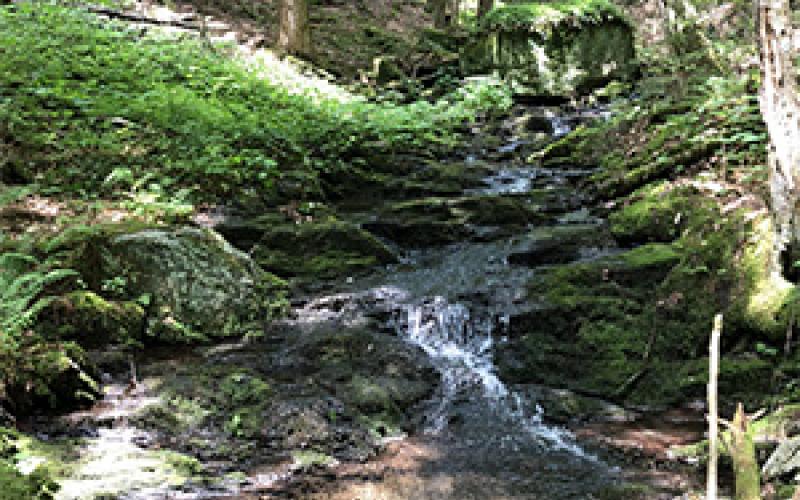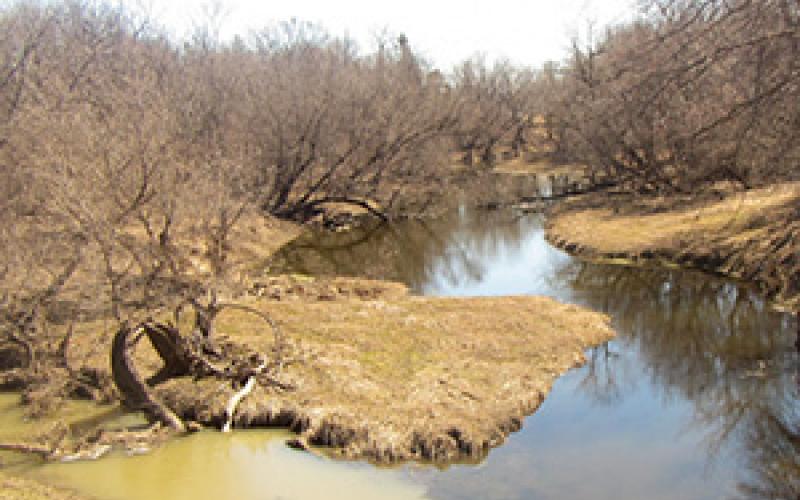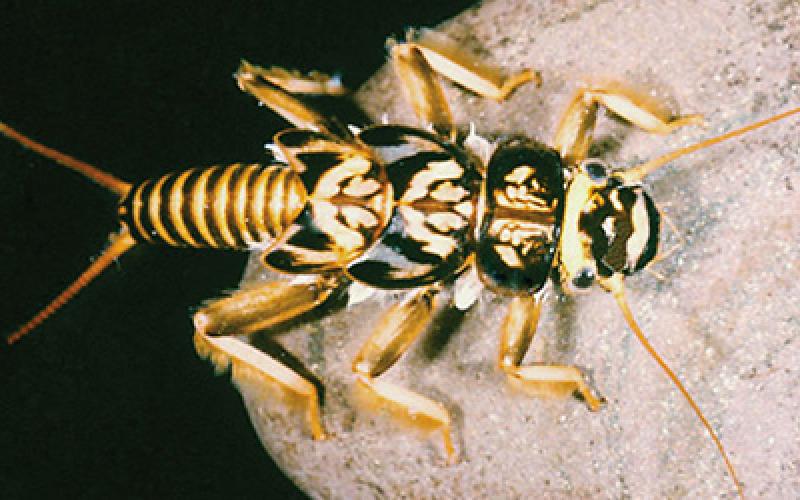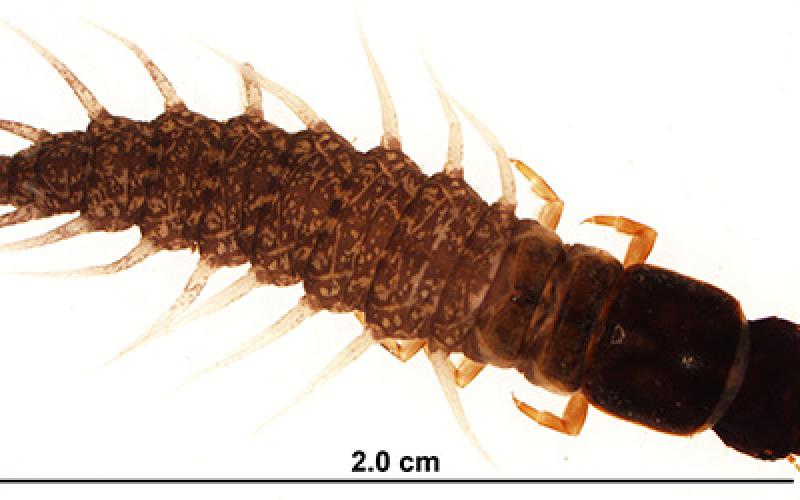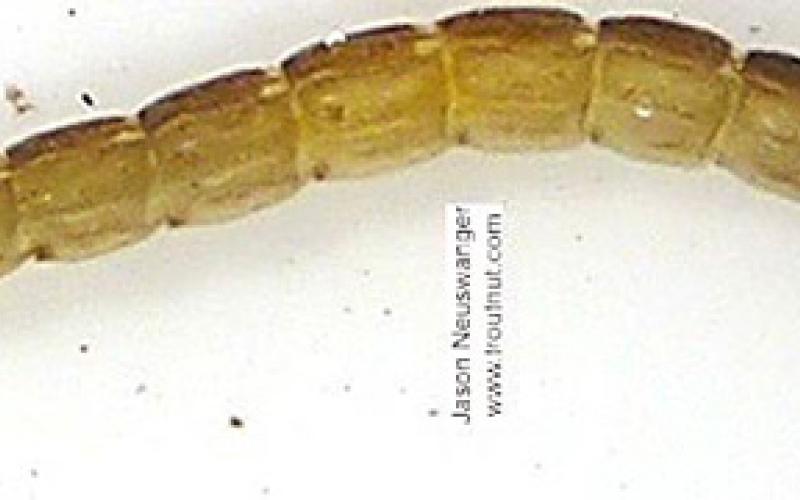Justin Geibel joined the Lake Champlain Sea Grant as the 2020-2021 Lake Champlain Sea Grant Water Quality and Careers Fellow with Vermont Youth Conservation Corps (VYCC). The fellowship provides support for Justin’s position at VYCC. It allows him to devote more energy towards building educational programs and professional development offerings that create a bridge to conservation careers for emerging professionals. He delivers environmental and watershed science education and training to a diverse workforce of youth and young adults, including people of color, non-English speakers, LGBTQ, and first-generation college students.
“While we at VYCC know how to get people to work to complete valuable and rewarding projects, we still have a lot to learn about how to connect those experiences with educational outcomes and careers in conservation,” said Justin. “This is what Lake Champlain Sea Grant is focused on, and they bring a tremendous amount of knowledge and resources to help VYCC achieve these goals.”
Past experience in youth development, community outreach, conservation, and environmental science led Justin to the VYCC, where he has been the Conservation Water Quality Project Manager since 2018. He plans and manages fieldwork, develops community partnerships, and communicates with federal, state, and local organizations with the goal of completing high priority water quality projects. His primary responsibility is to develop and enhance the role of VYCC in water quality and flood resiliency efforts, while also providing leadership in conservation program development, member education initiatives, and risk management.
He uses his technical expertise with surface water management strategies and his experience working with state and local partners such as the U.S. Forest Service, Vermont Agency of Natural Resources, Green Mountain Club, local conservation districts, and Watersheds United Vermont.
In 2019, Justin and his VYCC crews completed 28 weeks of projects that focused on water quality. Justin and the young people he mentors constructed a rain garden at the Vermont State Employees Credit Union (VSECU) building in Montpelier. A rain garden uses natural plant and soil processes to collect and clean stormwater runoff before it enters a storm drain or river.
“This project brought the best aspects of community, collaboration, and hard work together to create something that’s functional, beautiful, and educational,” said Justin, who showcased this project in Lake Champlain Sea Grant’s “Zoom a Scientist” series in May 2020.
Justin graduated with a B.S. in 2008 from the University of Vermont (UVM) Rubenstein School of Environment and Natural Resources. He majored in Environmental Sciences and chose to concentrate in Ecological Design after attending a guest lecture by former Professor John Todd, renowned pioneer in the field of ecological design and engineering.
“His work with ‘living machines,’ sustainable development, and creative design instantly inspired me,” said Justin. “I was captivated by the concept of incorporating natural systems and processes into design of our world to address all kinds of environmental and societal challenges.”
Justin went on to earn his M.S. in 2013 from the Plant and Soil Science Department in the UVM College of Agriculture and Life Sciences. For his graduate work, he conducted field and laboratory research on the effects of drainage water management on phosphorus transport in agricultural field tile drainage systems and their impacts on water quality.
His first true exposure to agriculture came during his research assistantship position with the W.H Miner Agricultural Research Institute in New York. Justin’s research focused on nutrient management on crop fields, but he was also exposed to front-line research in agronomy, equine science, and dairy sciences.
“Miner Institute gave me a unique look at the complex challenges being faced by our agricultural industry and the experience continues to drive my interest in sustainable food systems,” he said.
Through all of his academic and research experiences, Justin found a consistent thread of water quality.
“Whether its agriculture, forestry, wildlife biology, or soil science, the common link is the watershed,” he said. “Water connects all aspects of our lives and most directly connects us to our environment. The health of the watershed is the ultimate measure of success for all sectors of environmental protection.”
One of his first jobs after returning home from two years overseas in Australia was as an outdoor guide in Michigan. This opportunity taught him how to facilitate learning and personal growth for young people by providing an experience outside of their normal lives and comfort zones.
“VYCC is also a place where I can teach about the environment and conservation while also helping our participants build confidence, compassion, ambition, and wellness,” he said. While the majority of our youth participants are Vermonters, we hire young adults and crew leaders from all over the country. This offers leaders and members a chance to work alongside people from diverse backgrounds and perspectives, which is part of what makes the VYCC experience unique and valuable.”
Since COVID-19 has impacted VYCC’s programming for 2020, Justin’s work this year has pivoted to building a workforce to support the growing Green Stormwater Infrastructure across Vermont.
“My hope is that this fellowship will be a catalyst towards building this critical workforce development infrastructure, which will provide career opportunities and support clean water efforts across the State,” said Justin.
Always striving to become a better mentor, teacher, and conservationist, Justin has been an outdoor adventure guide, youth program coordinator for Catamount Trail Association, and park ranger and resource technician for Boulder County Parks and Open Space in Colorado, among other outdoor jobs.
Originally from the North Shore of Massachusetts, Justin has lived in Australia, Michigan, New York, and Colorado, but during all of his travels, he always felt drawn to the Green Mountains of Vermont. He lives in Westford and loves to run, ski, and play and coach soccer.
